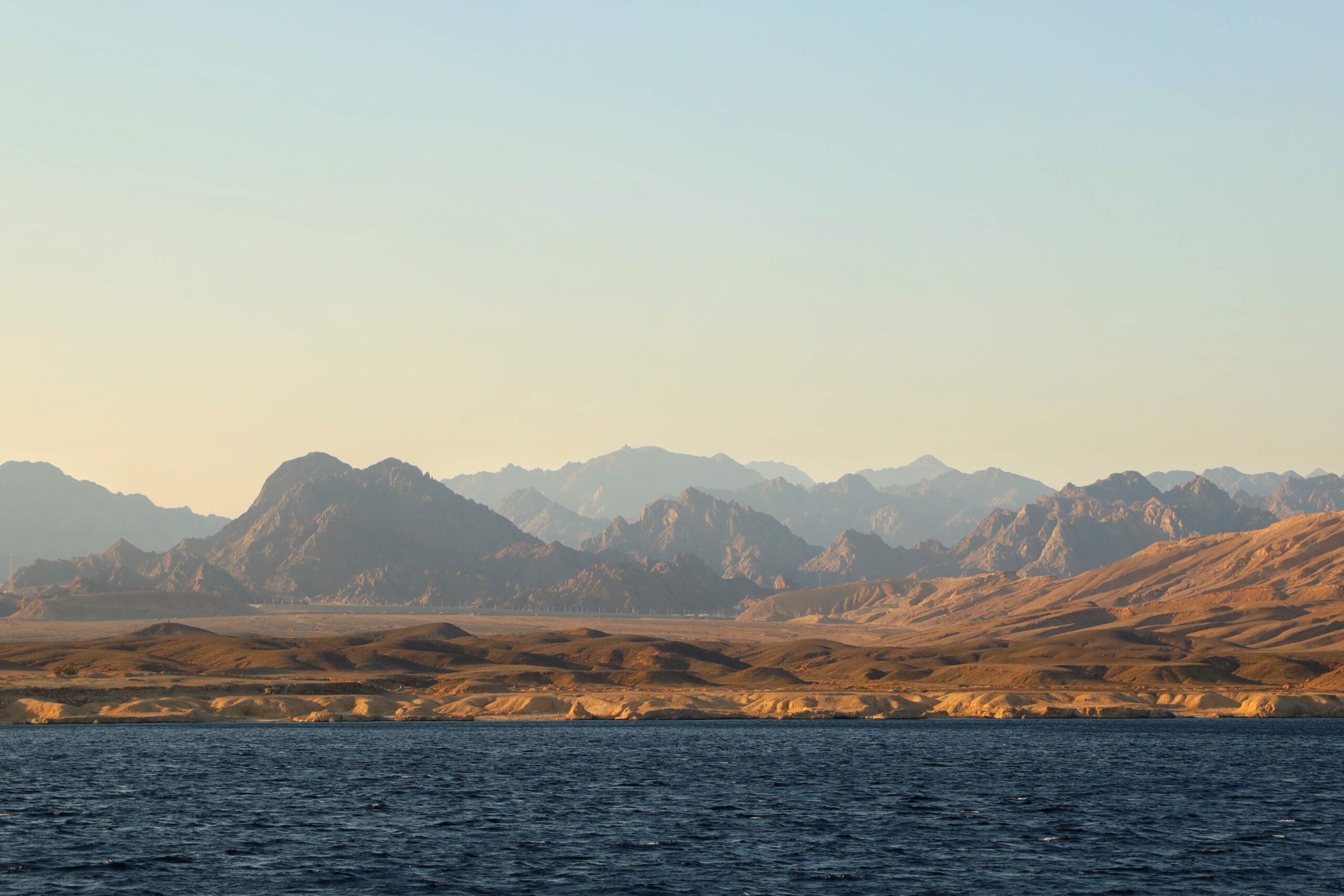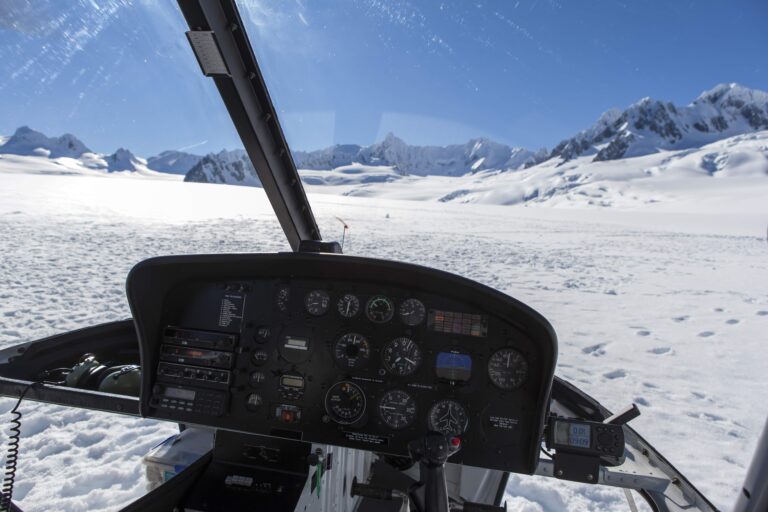
DESERT CARAVAN
Fifteen scared, wilted neophytes atop swaying humps meandered across the Sahara to their tented camp.
The silhouette of camels sauntering across hot sand, bearing travelers and cargo, reflected the universal image of the term “desert caravan.”
I rode the first camel in a line of 20, clinging to a polished wooden saddle in a high, uncomfortable perch while the surefooted animal ambled along in a rote manner.
As the lead rider, if I fell off this beast, the entire convoy would be disrupted. I focused on the white-robed camel driver, trudging in the sand ahead of me and prayed.
Months later, I participated in a different type of procession; a chain of high-tech ships, instead of a trail of camels, crossing over water, not dunes, a convoy moving inside a narrow channel cut into the sand rather than on top of it.
SUEZ CANAL
Passage through the Suez Canal, the artificial sea level waterway connecting the Red Sea and the Mediterranean, brought excitement rather than anxiety.
During the 12-hour transit, sipping cocktails on our cool, shaded veranda of the 600 passenger Azamara Quest luxury liner, replaced memories of swirling sand and brutal sun.
The dreamy comfort of the nautical caravan won my favor.
At 4 a.m., container and cargo ships along with our lone cruise vessel dotted the Gulf of Suez, waiting for the Canal Authority to rank the order of the 22 ships scheduled for that day’s second northbound convoy.
Since most of the Suez Canal is single lane, each ship’s tonnage, water displacement and timing must be strategically calculated, to enable passing of north and southbound fleets mid-point in the wide Great Bitter Lake.
Officials assigned our ship to position number two.
OUR EGYPTIAN PILOT
One of many Egyptian pilots, required to guide all vessels through the passage, boarded the Azamara at Port Tewfik.
He announced that the lead Maersk container ship, despite the mandatory reduced speed of 8 knots to prevent sand erosion, still churned up too much debris.
He maneuvered passed the culprit, making our cruise liner the new trailblazer of the caravan.
I felt as if I was on that lead camel again, with an unobstructed view of the canal ahead and an unbroken string of 21 parade vessels following.
From the bridge, an onboard historian offered tales about the Suez Canal, which triggered my imagination back 147 years, to 1869 when the 120-mile waterway opened.
What a spectacle that must have been with horns blaring, operatic voices and dancing from Verdi’s grand opera, Aida.
I chuckled thinking about the 1938 film “Suez” and ill-cast Tyrone Power, who portrayed Ferdinand de Lesseps, the French diplomat who masterminded the idea and the funding of the Suez.
In the movie, clean shaven, young, dashing and trim, Power bared no resemblance to de Lesseps, tall, portly, sporting a bushy mustache and 64 years old when the project was finished.
CANAL OF THE PHARAOHS
Known as the “Canal of the Pharaohs,” passage through the Isthmus of Suez had been considered as early as 1850 B.C. but concerns of elevation differences between land and sea ended the discussion.
Instead, an east-west channel connecting the Nile River to the Red Sea and used by Cleopatra provided transit.
During the 1798 French campaign in Egypt, Napoleon also abandoned his dream of a canal when his engineer erroneously reported that this corridor construction would require navigation locks.
As we entered the narrow waterway, we glided past residential neighborhoods, loading docks, a golden domed mosque and multiple spired minarets rising above the city landscape.
For Egyptians living along the route, these ship caravans are interwoven into the fabric of their lives. The daily parade of 76 vessels continues 24/7.
Our port side veranda offered refreshing breezes and a view of activities along this strip of mainland Egypt.
The unfortunate passengers with starboard porches saw nothing but the drab desolation of the Sinai.
At dawn, as the rising sun twinkled on the apartment buildings lining the banks of Port Tewfik, we heard the familiar Muslim call to prayer that had blared from loud speakers atop minarets in Dubai, Muscat, Salalah and Aqaba.
We watched as men, wearing their white robe dish dashers scurried through the streets, all obligated to gather at mosques for Friday, “Holy Day” prayers.
A BRIEF HISTORY ON SUEZ CANAL
Conflict and international tension has plagued the Suez Canal ever since Ferdinand de Lesseps obtained concession from the Pasha of Egypt and Sudan to construct the canal in 1854.
Selling shares in the company to French investors, de Lesseps ran into trouble when the British opposed the use of 1.5 million forced-labor Egyptian workers.
Thousands died under the severe conditions. The British sent armed Bedouins to start a workers’ revolt and digging had to be halted many times.
Finally, on Nov. 17, 1869, the canal opened under French control, but ironically, the first ship through the passage was the British PTO Liner, Delta.
Bankrupt de Lesseps had no choice but to sell shares to the British, who gained control in 1882 and held the reins until 1956, when Egypt’s President Nasser nationalized the canal.
He closed the Straits of Tiran to all Israeli ships, forcing the Suez Crisis, in which the United Kingdom, France and Israel all invaded Egypt. UN peacekeeping forces settled the raw nerves until 1967, when Nasser ordered the troops out of the Sinai.
The Six-Day War between Israel, and the Egyptian/ Syrian coalition immediately erupted.
We passed numerous cement observation turrets raised on the canal banks, manned by Egyptian military, binoculars searching the horizon for an unlikely Israeli invasion.
Abandoned pontoon bridge sections lined the sand, ready to form a bridge for military vehicles to cross over to the Sinai to protect against attack.
With my binoculars, I locked on a young soldier’s field glasses. Eyes to eyes, he waved a friendly hello in the visual exchange.
After the Six-Day War, the Egyptians blockaded the Suez, placing mines at both entrances.
For the next eight years, fifteen cargo ships, known as the Yellow Fleet, remained trapped inside the channel, until the canal reopened to traffic on June 5, 1975, with a convoy led by Egyptian President, Anwar el-Sadat.
Current one-way tolls, determined by dead-weight tonnage, average $250,000, making Egypt’s annual take 5.3 billion U.S.
Our ship, one of only a few cruise lines to include the Suez Canal in its itinerary, paid $150,000 to pass.
In 2015, Egypt opened a 22-mile, two-lane section separated by mounds of, yes, sand. Egypt anticipates canal traffic to double; an unrealistic goal, since China is pursuing a shortcut to Europe over the polar icecap.
Nearing Port Said, the gateway to the Mediterranean, hallmarks of city life sprang up on the banks.
As we exited this historic channel, our protected Egyptian caravan dispersed, as each ship streamed alone into the open sea. Here, an irony of world history unfolded.
The French sculptor, Frederic Auguste Bartholdi, impressed by the colossal figures of ancient Egypt, designed a statue of gigantic proportions that would guide ships into the entrance of the Suez.
He envisioned a huge Greek goddess, draped in a robe of folds, her hand held high with a torch reaching to the sky, and would call it “Egypt-Bringing Light to Asia.”
He tried to sell the idea to Suez officials, who financially strapped, declined his offer.
Bartholdi went searching for an alternate location and landed in New York City. He made a few changes to the facial features, added a crown representing liberty, but kept the outstretched torch and draped robe.
I will never look at the Statue of Liberty the same again. The roots of the cherished American icon originated in the Egyptian Suez Canal.




